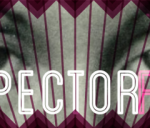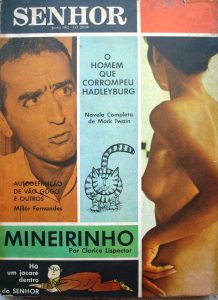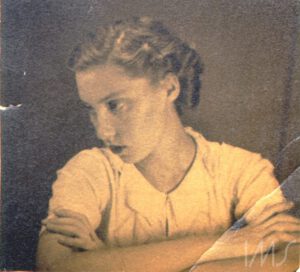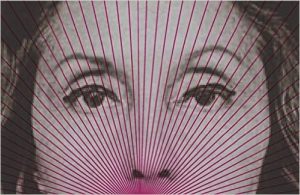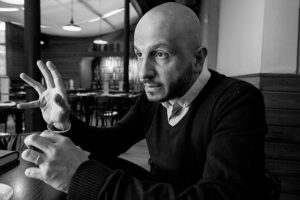, LispectorFest at the University of Tennessee. IMS Clarice Lispector, 2017. Disponível em: https://site.claricelispector.ims.com.br/en/2017/01/04/lispectorfest-na-universidade-do-tennessee/. Acesso em: 07 January 2026.
Every year the University of Tennessee prepares AuthorFest, a series of activities to celebrate the work of a single author. During the month of October 2016, in its second edition, AuthorFest paid tribute to Clarice Lispector.
Among the events offered to the public, in a collaboration between the Department of Modern Foreign Languages and Literatures and the Knox County Public Library, there was a guided reading of The Mystery of the Thinking Rabbit, an exhibition of works of art by Professor Rubens Ghenov inspired by the novel The Passion According to G.H., and a session of the film The Hour of the Star, which was directed by Suzana Amaral, followed by a discussion mediated by Euridice Silva-Filho, research professor at the University of Tennessee-Knoxville.
One of the most anticipated activities of LispectorFest was the lecture by Katrina Dodson, translator of the Complete Stories (New Directions, 2016). In “Rediscovering Clarice” Katrina comments, from her own experience, on the influence of the recent translation in the construction of a kind of “Lispectormania.”
The IMS, in partnership with UT Knoxville’s College of Arts and Sciences, has made this lecture available in full.

